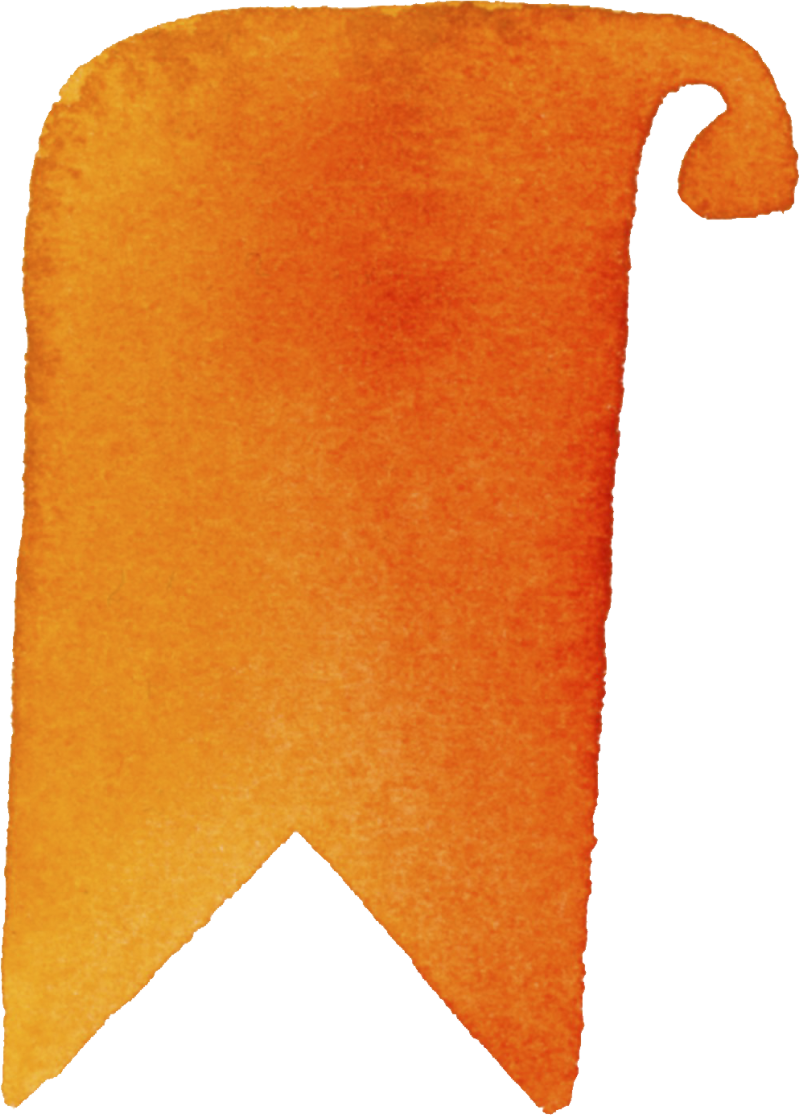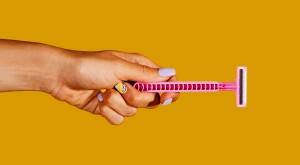Do you like to read and win free books? Do you enjoy hearing from your favorite authors? Then join our closed Facebook group, The Girlfriend Book Club, today. You'll love it!
Health specialists worldwide are sounding the alarm — sitting is the new smoking, causing an increased risk for numerous conditions like heart disease, depression and back pain.
While past generations might have had taxing physical jobs, today, numerous industries center around computers and sitting in front of them all day. The 2023 U.S. Bureau of Labor Statistics reported that American workers spend 43.7 percent of their workday sitting.
A 2024 study found that people who sit for the majority of their workday had a 16 percent higher mortality rate than those who didn’t. They also had a 34 percent higher chance of dying from cardiovascular disease.
An additional 15 to 30 minutes of daily movement is recommended to counter the effects of sitting all day. One of the original studies on “exercise snacks” defines them as "isolated bouts of vigorous exercise lasting less than a minute and performed periodically throughout the day." They may improve overall cardiovascular and metabolic health in those who are obese because they are feasible and efficient.
For people with busy work schedules and even busier home lives, fitting in exercise can seem impossible. This, combined with a long day of sitting, contributes to health concerns ranging from the obesity epidemic to increasing diabetes rates.
Exercise snacks might be the perfect antidote. Cleveland Clinic points to these short spurts of exercise (just like that Snickers bar on your desk but way healthier) as a way to combat inconveniences and lack of access to gym equipment. In the time you could eat a quick snack — 30 seconds to five minutes — Stanford Health suggests you work in movement to undo the effects of sitting.
“Our bodies are built for movement — they need consistent blood flow, muscle activation and joint mobility to stay healthy. Long stretches of sitting cause blood flow to slow, muscles to weaken and joints to stiffen,” says Ben Reale, a certified personal trainer, coach and founder of Condition One Fitness and Nutrition in the Atlanta area. “Over time, these small effects can add up to major chronic health conditions and a decline in our overall quality of life.”
Reale shares how to tell if sitting is starting to affect you. “The most common symptoms are stiffness, achiness and tightness — especially in the hips, lower back and shoulders. This discomfort can sneak up slowly, but it’s a signal that our body isn’t getting the movement it needs,” he says. “You might also notice a decrease in flexibility, reduced energy levels and even some difficulty concentrating. These indicate that too much sitting quietly affects our health, creating physical tension and draining our mental energy.”
Rebecca Schumer, a physical therapist at MedStar Health in the Maryland and Washington, D.C. region, says, “There is zero argument that many people sit way too much all day and do not do enough to counteract it. The integration of standing desks has been helpful, although standing all day isn't ideal either. You never want to do any one thing for too long of a time because it'll increase your risk of injury.” She tells patients with neck or back pain that “doing a few things throughout the day is better than doing them in one chunk before work or after work.”
Reale calls exercise snacks an “approachable” solution. He shares movements that target the muscles and joints most affected by sitting, helping to “reset” posture and energy levels for more comfortable, focused sitting:
Brisk Walking (10 minutes): Walking gets the heart rate up, improves circulation, and provides an energy boost, making it great for breaking up long periods of sitting.
Chair Squats (1–2 minutes or 3 sets of 10): Stand up from a seated position without using your hands, then sit back down slowly. Builds leg strength and stability while engaging core muscles.
Push-ups or Desk Push-ups (10-15 reps, add sets if desired): Engage the chest, shoulders and triceps, promoting upper-body strength and blood flow.
Standing Hip Flexor Stretch (30-60 seconds per side): Opens up tight hip flexors, which often become shortened from prolonged sitting.
Shoulder Rolls & Arm Circles (1 minute): Relieves tension in the neck and shoulders, increasing blood flow to the upper body.
Seated Leg Raises (10 reps per leg, 2-3 sets): Engages your core and quadriceps, waking up those lower body muscles.
Cat-Cow Stretches (30-90 seconds): Helps relieve tightness in the lower back and spine.
Schumer shares that in addition to the exercise benefits, a walk outside has additional positives. “[It helps you] get some Vitamin D,” she says. “Breaking up the day in that way has so many health benefits like improving our circulation, improving our mood, and if done often enough, will improve our heart health.”
So, next time you take a work break and reach for an actual snack, pair it with an exercise snack for a win-win.
Do you spend your days sitting a lot? Do you try and get up and exercise? Let us know in the comments below.

Bee Trofort
Follow Article Topics: Health








